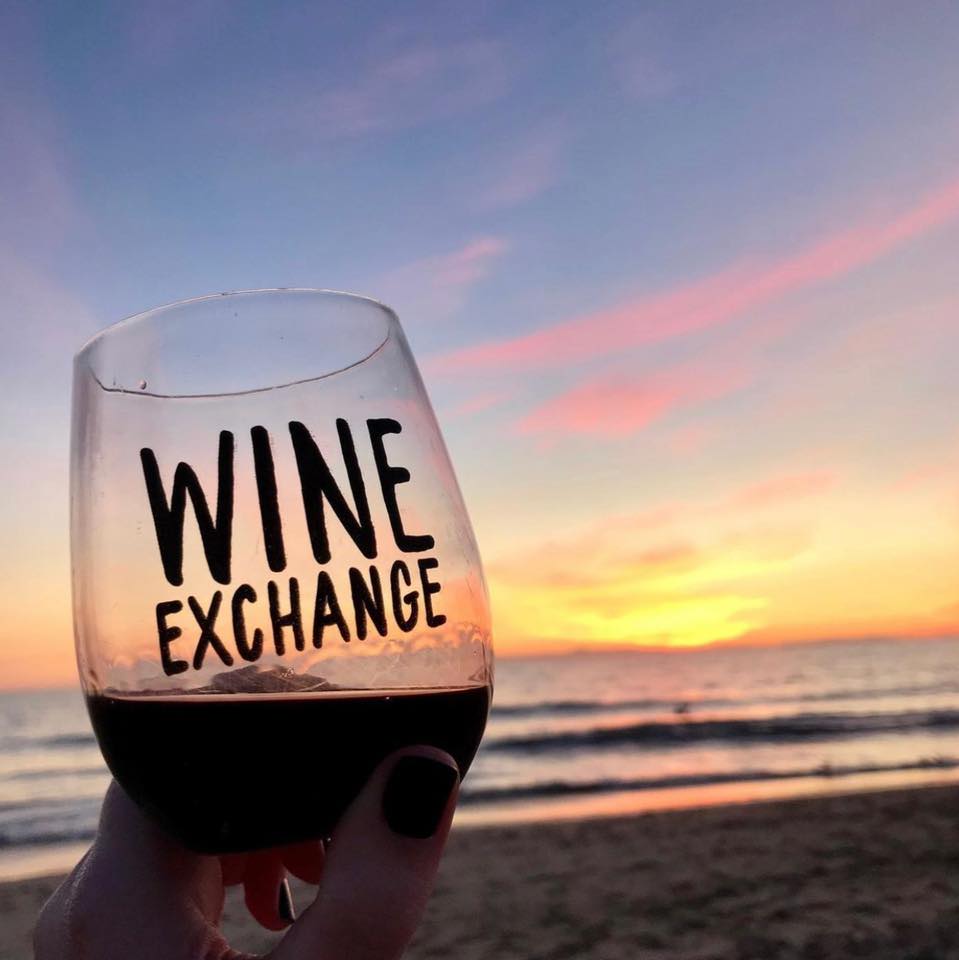The Wolf Post, supported by a Cultural Association, offers a professional service with free access, without subscription.
For this reason, a donation would also be a sign of appreciation for our work.
It was 1982 when Steve and Craig Zanotti opened a wine shop in California. Within a few years, “Liquor Exchange” became a reference point for the United States of fine wines.
In 1991, the company changed the name, becoming known as “Wine Exchange“. In the same period, the leap in quality took place with the hiring of Kyle Meyer and the launch of an online store (winex.com), the first wine shop to offer this service.
In 2001, Kyle’s friend Tristen Beamon joined the team, boosting the company’s expansion.
In 2011, Tris and Kyle left Wine Exchange to form “Best Wines” and bestwinesonline.com which has become one of the most relevant wine retail platforms.
With the purchase of Wine Exchange and winex.com in 2015, Tristen and Kyle return to the origin where it all started, strengthening the investment in wine but keeping the same team with the aim of always looking for the best international wines.
In this interview, the Wine Exchange staff talks about the path that led them to a successful business and beyond.
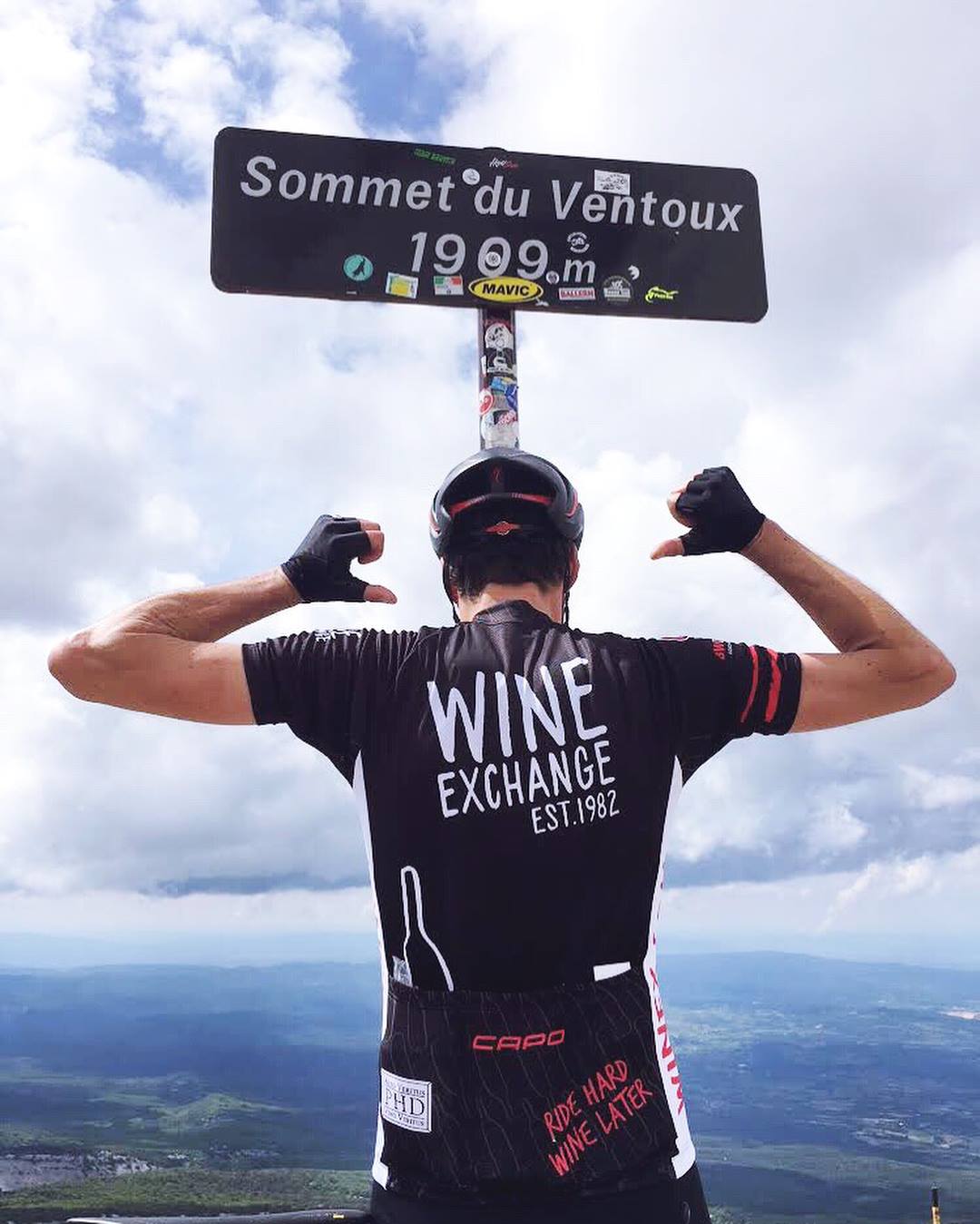
©Wine Exchange
You were pioneers in the world of wine trade, immediately focusing on the quality and the wide range of international wines available. But what were the initial difficulties and what are the “challenges” that you face today in an increasingly competitive market?
Nowadays? Quite a few. Shipping and logistics is huge right now, delays in getting those wines from Europe. Next? Mother Nature, blessing us with more great vintages but smaller production levels due to frost/hail etc that impacts yields in many of Europe’s finest growing regions. Then there’s global competition as more and more markets get into the fine wine game. Even at a minimal level, it still impacts the amount of wine available to us and quantities dwindle in certain vintages.
Your shop offers a wide range of international wines. Regarding wine regions that are still not very popular with the average consumer, on which criteria do you base your selection and on which emerging wine regions do you plan to focus your attention in the short and medium future?
Always focus on the best! We gravitate towards top producers for the money, top vintages, then let the market and harvest conditions dictate where to go. Example, we are a big Bordeaux house but 2021 may not be the year to buy heavy based on the unprecedented quality we saw from 2018-2020. As for emerging markets, most have already ‘emerged’ and are now fine-tuning. Maybe Georgia? Will South Africa ever totally figure it out? Also, one needs to look at markets that will be shifting due to climate change combined with an influx of great young talent. The reds from the Loire Valley in France and Alto Adige in northeastern Italy come to mind…
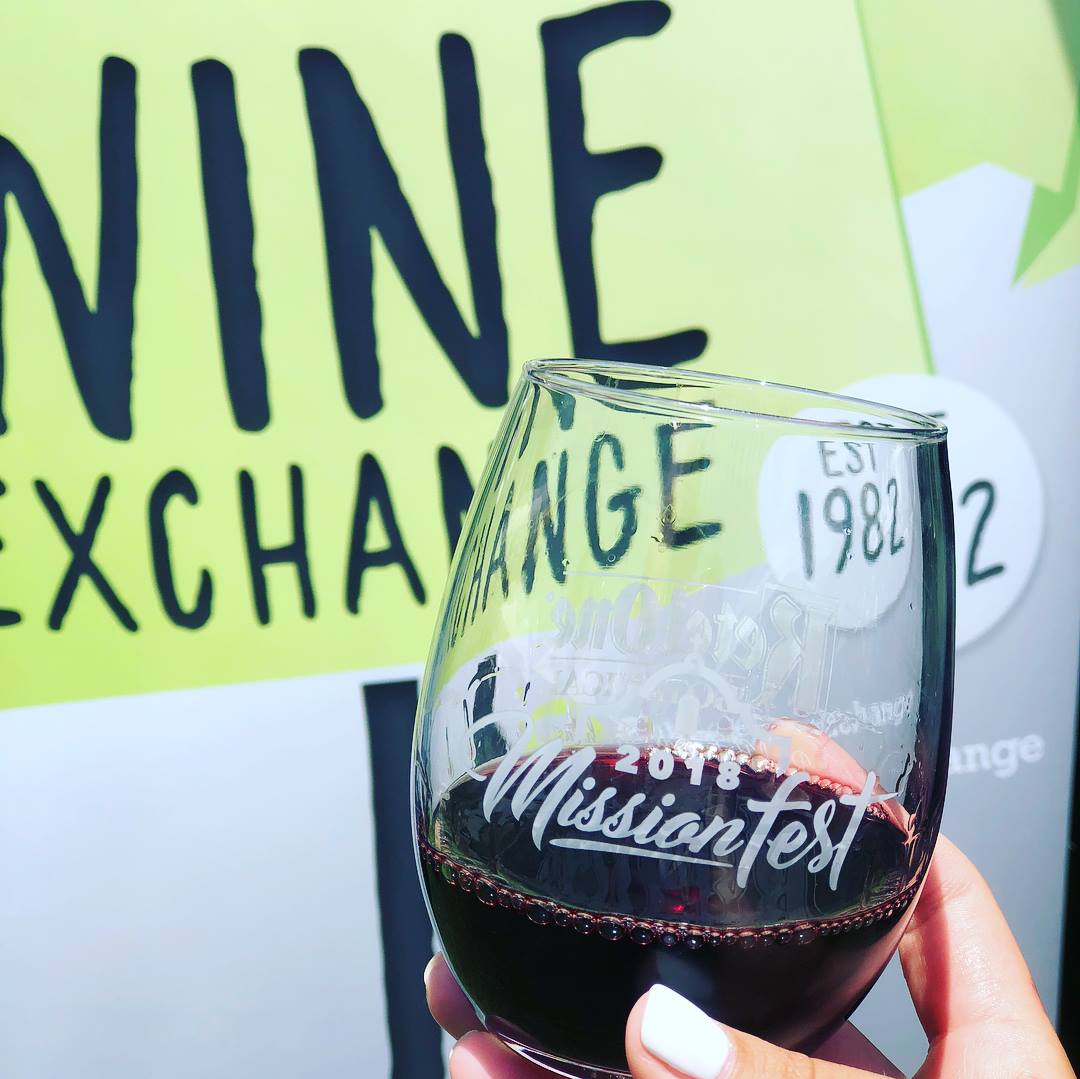
©Wine Exchange
How has the wine culture of the US consumer evolved up to now? What is the average buyer looking for? Only quality or does the price/quality ratio also matter?
Everything matters. The preponderance of wine critics ‘working’ for the consumer dollar have tripled, quadrupled, so ‘numbers’ are still in, but only the highest ones as score inflation and the sheer volume of numbers have driven up the minimum ‘buy-in’. Quality/price is critical, but we do see more folks steering towards higher-end wines right now. Unique wines with a great story have always appealed to our fan base, folks like drinking history and geography…myself included!
Within the very competitive international wine market, how is Italian wine positioned today in the US market, according to your experience? And what are still the margins for improvement?
Italy is strong right now, firing on all cylinders. Prices remain reasonable and quality is better than ever, with more areas like Alto Adige, Friuli and Campania continuing to grab market share. Tuscany and Piedmont have also never been better and climate change has helped them a lot, plenty of good to outstanding years to choose from…
Which geographical wine Italian region attracts the US consumer more?
Tuscany is still king, followed by Piedmont, the Veneto, then Alto Adige, Friuli and Campania for whites, which is a still-burgeoning market.
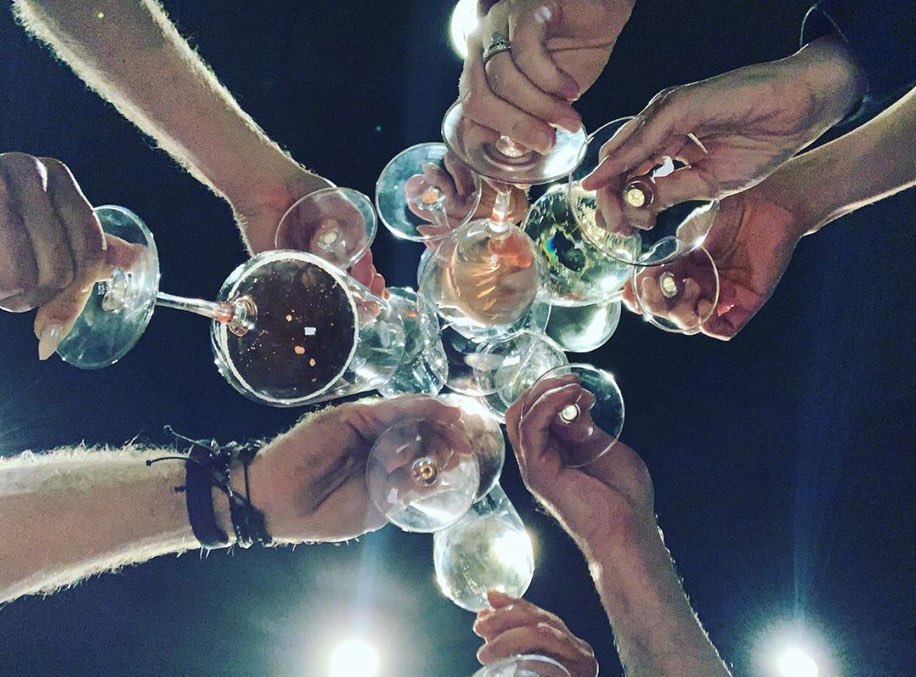
©Wine Exchange
Among the numerous varieties of Italian wines you offer, what excited you most about the Apulian wine producing region?
I’m a huge fan of Zinfandel so the Primitivo wines from the area hold a special appeal. I think that as growers take their vines more seriously and vinify their produce as premium wine instead of bulk-style wines there could be a big-time revolution there. Like Spain, great raw materials and old vines usually can equal something pretty interesting if given the chance!
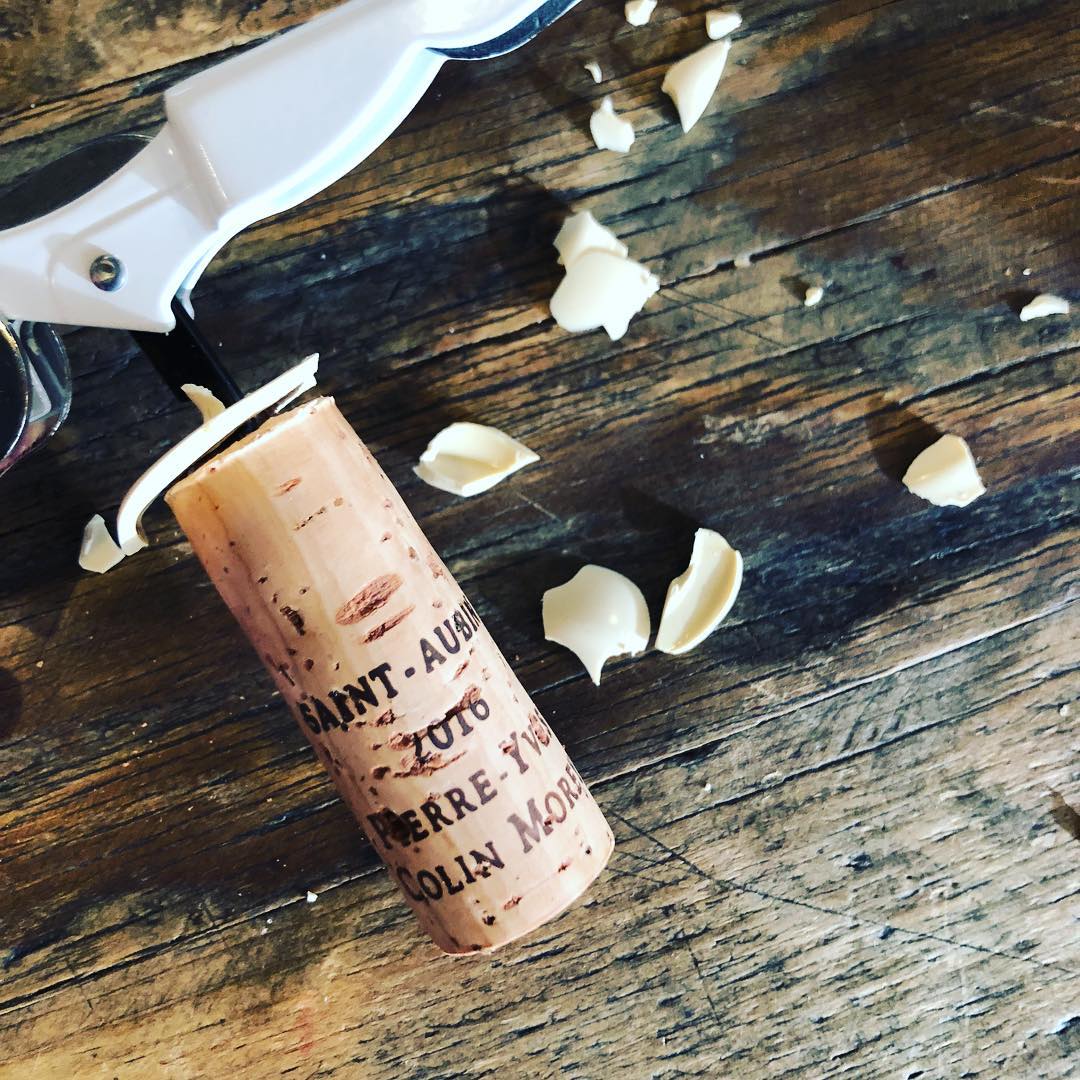
©Wine Exchange
Susumaniello is a rare gem that Italians are beginning to appreciate and request. How do you tell your customers about this wine?
Don’t have to, we do GREAT with Susumaniello, strangely enough. Menhir’s Pietra and Li Veli’s bottling are staples around here. Bread, milk, eggs…Susumaniello!


